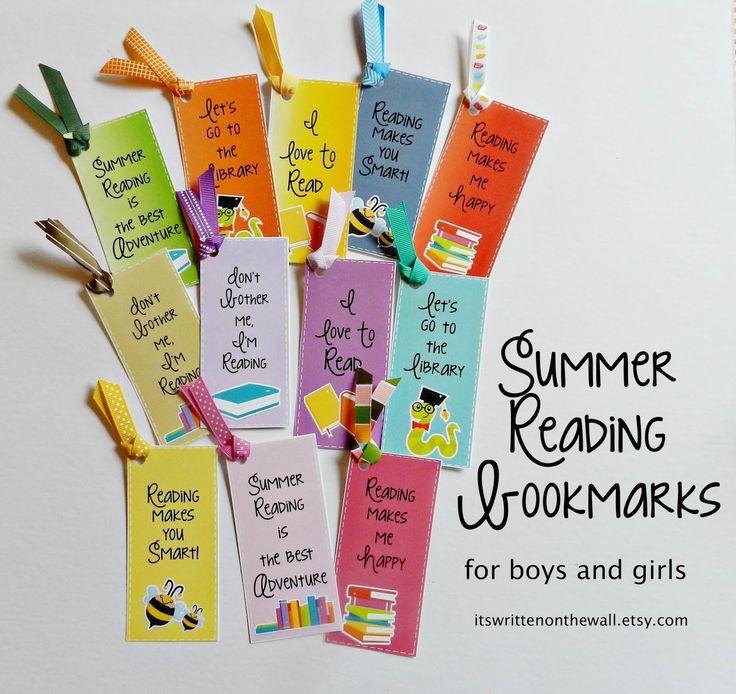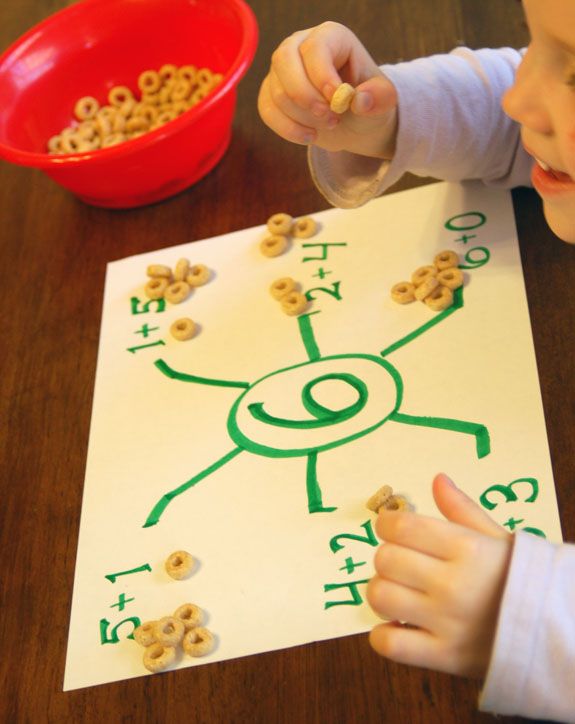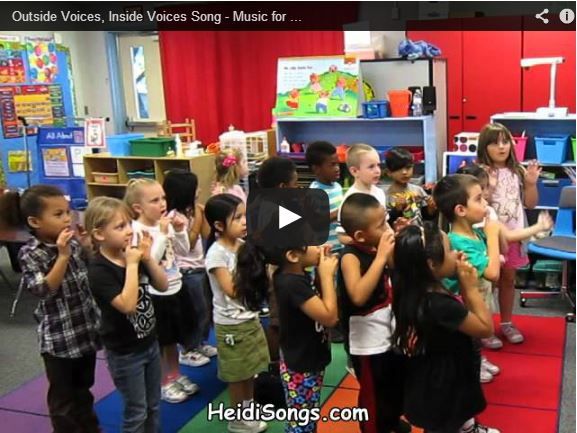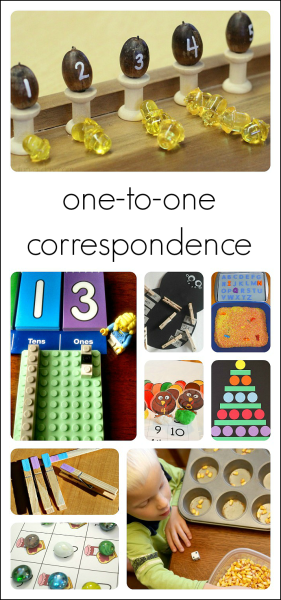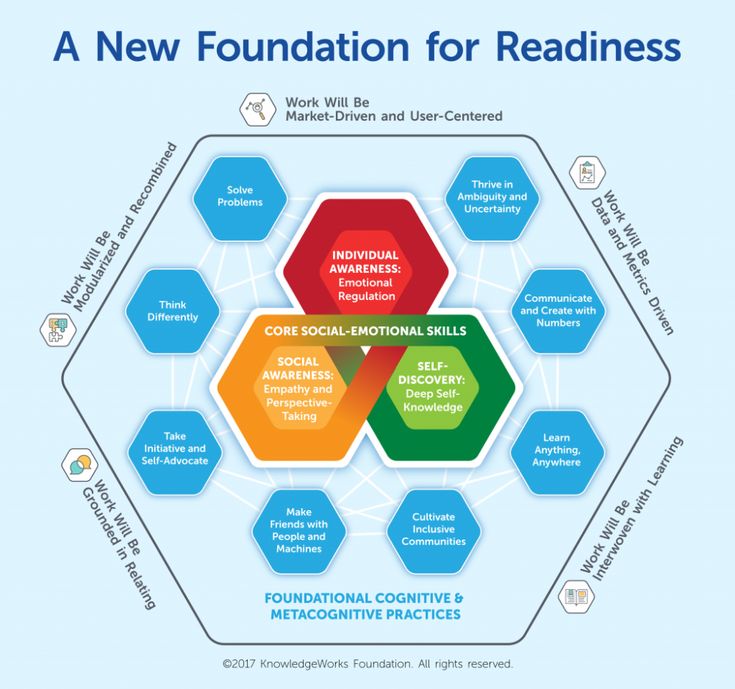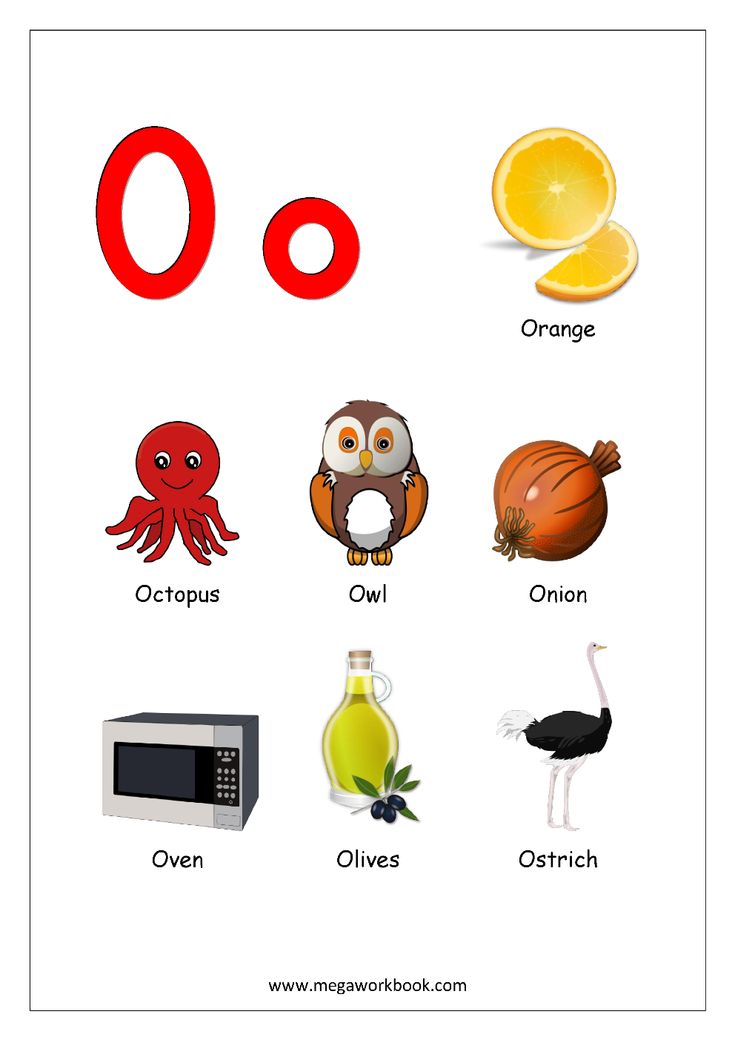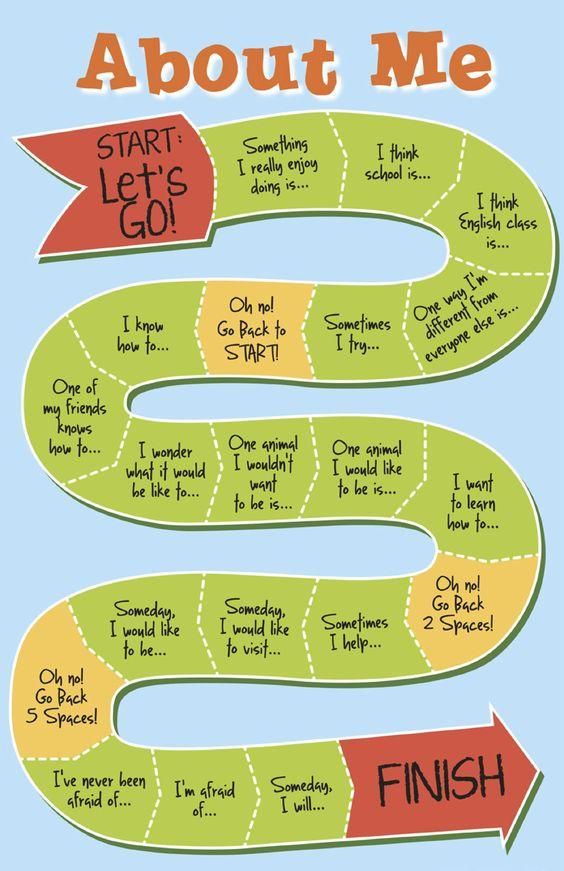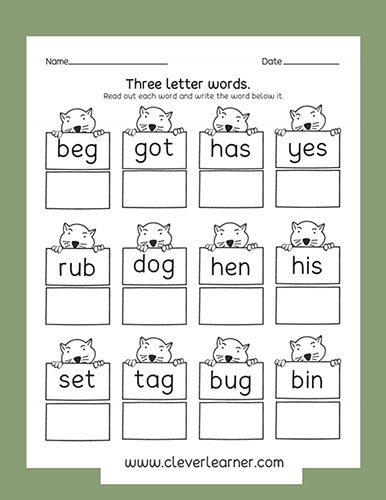How to make reading easy
Four Tips to Make Learning to Read Easier
It is now widely understood that the more language a child knows before he reads, the better his reading skills are going to be. The better his reading skills, the more successful he will be in school. Oxford University research found that children who were read nursery rhymes were not only better readers but were overall, stronger language learners. Why? The phonic structure of the language was imprinted on them. The rhythm, the cadence, and the feel of language allowed them to read better at the age of 4 and 5 then it did those who didn’t. Of course, all parents want this for their child but may not know how or when to go about introducing reading. So how do you teach your child to read?
Tip 1: Speak before you read.
Oral language, which includes listening and speaking, is the foundation upon which reading and subsequently, writing is built. Children need to be able to understand words before they can produce and use them. Talking with your child, reading to her, telling stories and naming objects will develop vocabulary and strengthen the skills needed for reading.
Tip 2: Fall in love with books. Your child needs to want to learn to read. He needs to fall in love with books. The best way to teach this love for books is by modelling the behaviour and reading to your child. Spend time together with your child exploring a variety of books. Show your child that you value books and enjoy reading. Your natural excitement and enthusiasm will be contagious. This will imprint a positive impression and this can motivate your child to want to learn to read.
Tip 3: Make it natural. Once your child has the basic motivation to learn to read, he needs to have the right system for learning how to read. There are two basic reading systems: phonics and whole word learning. When my own children learnt to read, the system in the UK was to teach whole word learning at the age of four.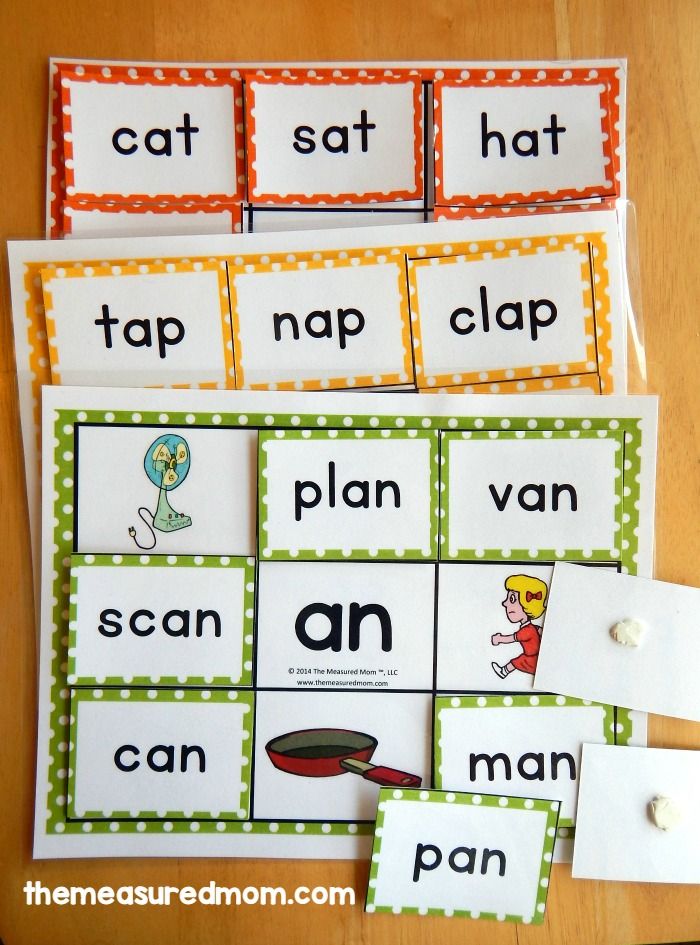 There were complete reading schemes which began with very simple words/ideas that would be the basis for the entire book, such as “house”. The book would show images or drawings of houses and the child would see the word, “house.” The story might include “mommy” and “daddy” and so the next book would be about “daddy in the house”, then “mommy in the house“. In this manner, the child would learn to recognize whole words and connect the words with the concepts. What’s the advantage of this system? It is natural. For children ages 4 to 5 years old, the concept of phonics is extremely abstract. They usually aren’t yet ready for this system. I think it is preferable to let children learn reading in a more natural manner, with words and ideas familiar to them.
There were complete reading schemes which began with very simple words/ideas that would be the basis for the entire book, such as “house”. The book would show images or drawings of houses and the child would see the word, “house.” The story might include “mommy” and “daddy” and so the next book would be about “daddy in the house”, then “mommy in the house“. In this manner, the child would learn to recognize whole words and connect the words with the concepts. What’s the advantage of this system? It is natural. For children ages 4 to 5 years old, the concept of phonics is extremely abstract. They usually aren’t yet ready for this system. I think it is preferable to let children learn reading in a more natural manner, with words and ideas familiar to them.
Phonics, or phonetic reading very naturally follows the whole word system. By the second year in school, 80% of these children will have analysed the phonics system on their own and will naturally begin the process of sounding out letters and sounds.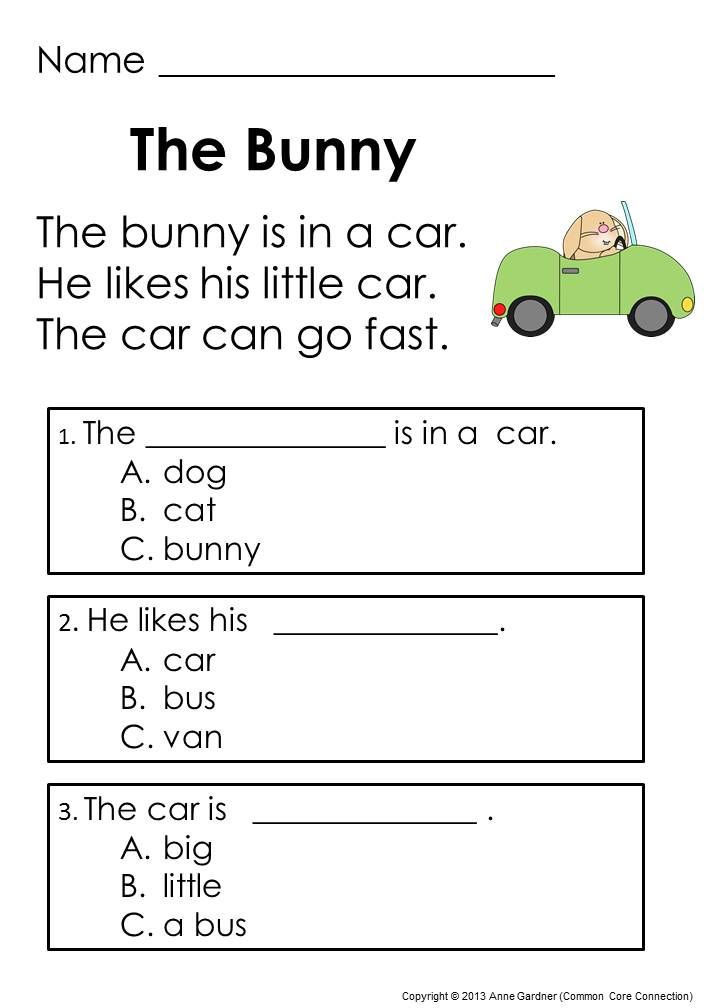 For the 20% of the children that do not begin the process, the teacher will work with them and the process will develop for them, too.
For the 20% of the children that do not begin the process, the teacher will work with them and the process will develop for them, too.
I am a strong believer in bringing these two methods together. Many language experts also share this belief that learning to read should be a combination of whole word and phonetic approaches, depending upon the age and learning strategies of the child.
Tip 4: Make reading fun. As a linguistic scientist I clearly have a strong interest in creating successful methods for teaching children to speak, read and write in English. I have developed several reading systems and the most recent and exciting addition is a new learning to read programme using the Helen Doron Read app on Google Play and the App Store. The app is a unique compilation of 32 interactive books that take a child from his very first few words to reading full sentences.
The books start by introducing the words “cat” “rat” “bat” It’s all very simple and interactive. The pictures come alive and the child watches the image and hears the letter and word sounds together. The app is a complete system; the child’s vocabulary develops sequentially and naturally and by the 4th book in each series, the child is able to record himself reading a story of the words he has learnt, aloud. The programme begins very simply and progresses to include familiar and more advanced stories such as Rumpelstiltskin and Pinocchio They are actually reading quite complicated words. The beauty of the app is that it works with both native English speakers and with children learning English as a Second Language.
The pictures come alive and the child watches the image and hears the letter and word sounds together. The app is a complete system; the child’s vocabulary develops sequentially and naturally and by the 4th book in each series, the child is able to record himself reading a story of the words he has learnt, aloud. The programme begins very simply and progresses to include familiar and more advanced stories such as Rumpelstiltskin and Pinocchio They are actually reading quite complicated words. The beauty of the app is that it works with both native English speakers and with children learning English as a Second Language.
This is something that parents can introduce to their child to give them an early start or it can support the language learning the child is studying in school and it can help children who may have fallen behind and need extra support. The app is actually one of a kind, created with love, care, skills and linguistic knowledge. Children learn to read at their own pace in their own time.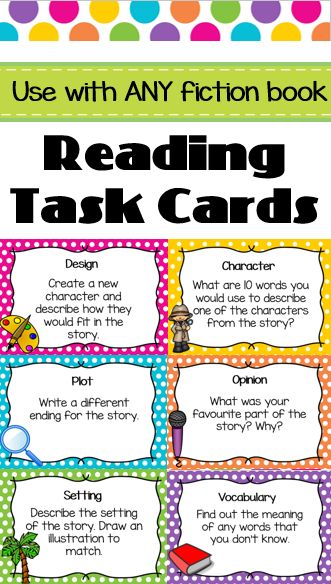
Remember, it’s never too early to start reading to your child and teaching them a love for books. Reading should be fun and it’s a gift that will grow with your child for a lifetime.
We are pleased to bring you a series of blog posts and an opportunity to learn from educator and linguistic scientist, Helen Doron. Helen has been teaching English to children for 30 years. She is the founder and CEO of the Helen Doron Educational Group and created a unique methodology for teaching English, maths, fitness, and infant development with original and revolutionary learning materials. Learn more at www.HelenDoron.com
9 Fun and Easy Tips
With the abundance of information out there, it can seem like there is no clear answer about how to teach a child to read. As a busy parent, you may not have time to wade through all of the conflicting opinions.
That’s why we’re here to help! There are some key elements when it comes to teaching kids to read, so we’ve rounded up nine effective tips to help you boost your child’s reading skills and confidence.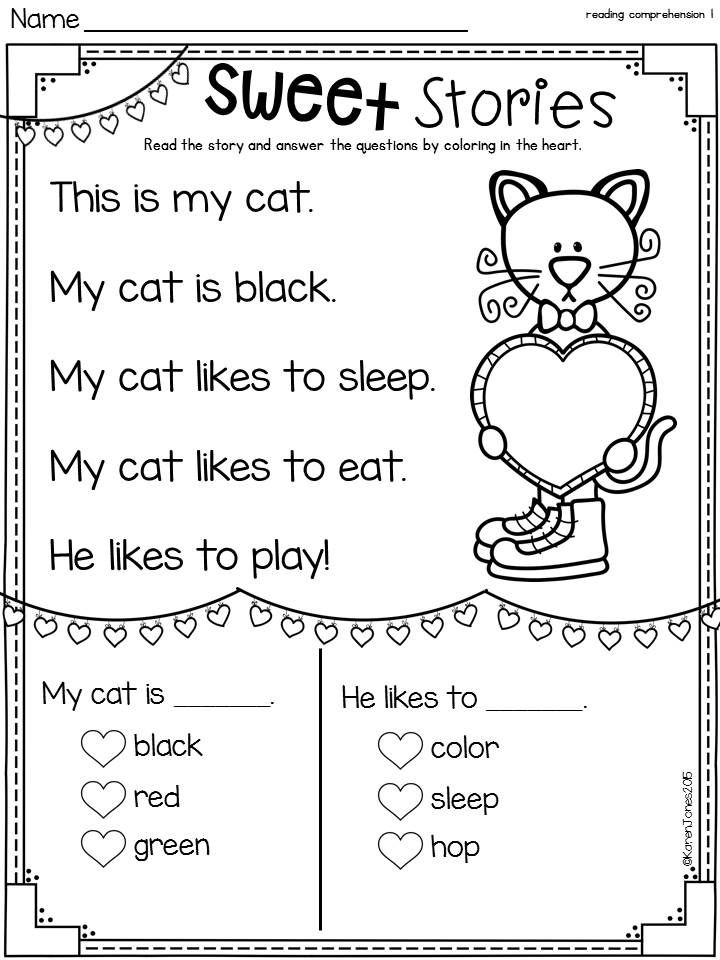
These tips are simple, fit into your lifestyle, and help build foundational reading skills while having fun!
Tips For How To Teach A Child To Read
1) Focus On Letter Sounds Over Letter Names
We used to learn that “b” stands for “ball.” But when you say the word ball, it sounds different than saying the letter B on its own. That can be a strange concept for a young child to wrap their head around!
Instead of focusing on letter names, we recommend teaching them the sounds associated with each letter of the alphabet. For example, you could explain that B makes the /b/ sound (pronounced just like it sounds when you say the word ball aloud).
Once they firmly establish a link between a handful of letters and their sounds, children can begin to sound out short words. Knowing the sounds for B, T, and A allows a child to sound out both bat and tab.
As the number of links between letters and sounds grows, so will the number of words your child can sound out!
Now, does this mean that if your child already began learning by matching formal alphabet letter names with words, they won’t learn to match sounds and letters or learn how to read? Of course not!
We simply recommend this process as a learning method that can help some kids with the jump from letter sounds to words.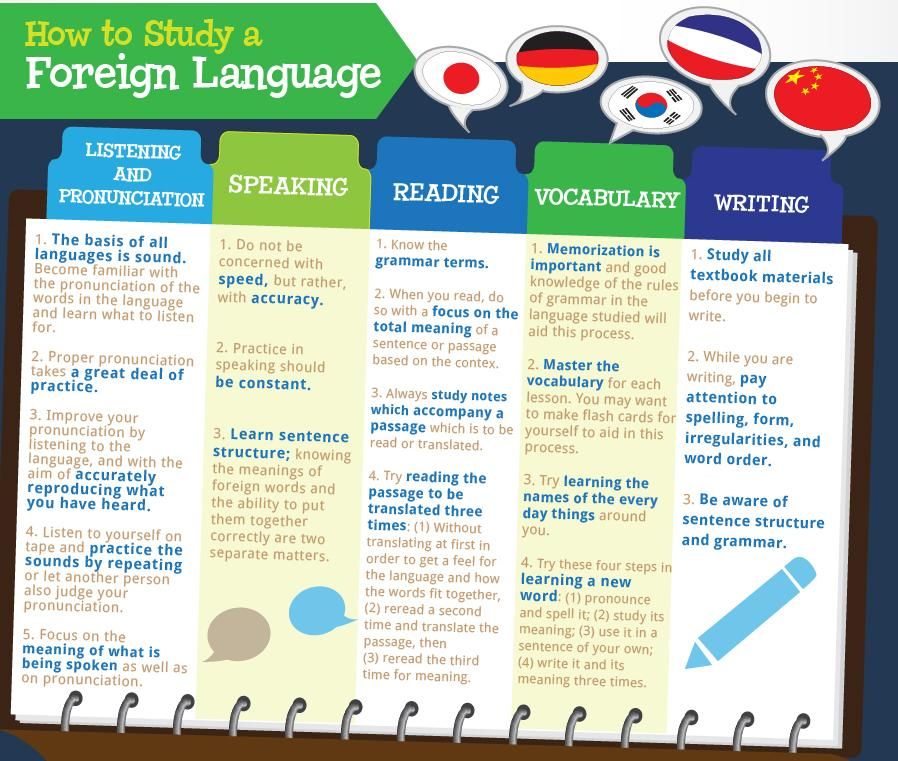
2) Begin With Uppercase Letters
Practicing how to make letters is way easier when they all look unique! This is why we teach uppercase letters to children who aren’t in formal schooling yet.
Even though lowercase letters are the most common format for letters (if you open a book at any page, the majority of the letters will be lowercase), uppercase letters are easier to distinguish from one another and, therefore, easier to identify.
Think about it –– “b” and “d” look an awful lot alike! But “B” and “D” are much easier to distinguish. Starting with uppercase letters, then, will help your child to grasp the basics of letter identification and, subsequently, reading.
To help your child learn uppercase letters, we find that engaging their sense of physical touch can be especially useful. If you want to try this, you might consider buying textured paper, like sandpaper, and cutting out the shapes of uppercase letters.
Ask your child to put their hands behind their back, and then place the letter in their hands.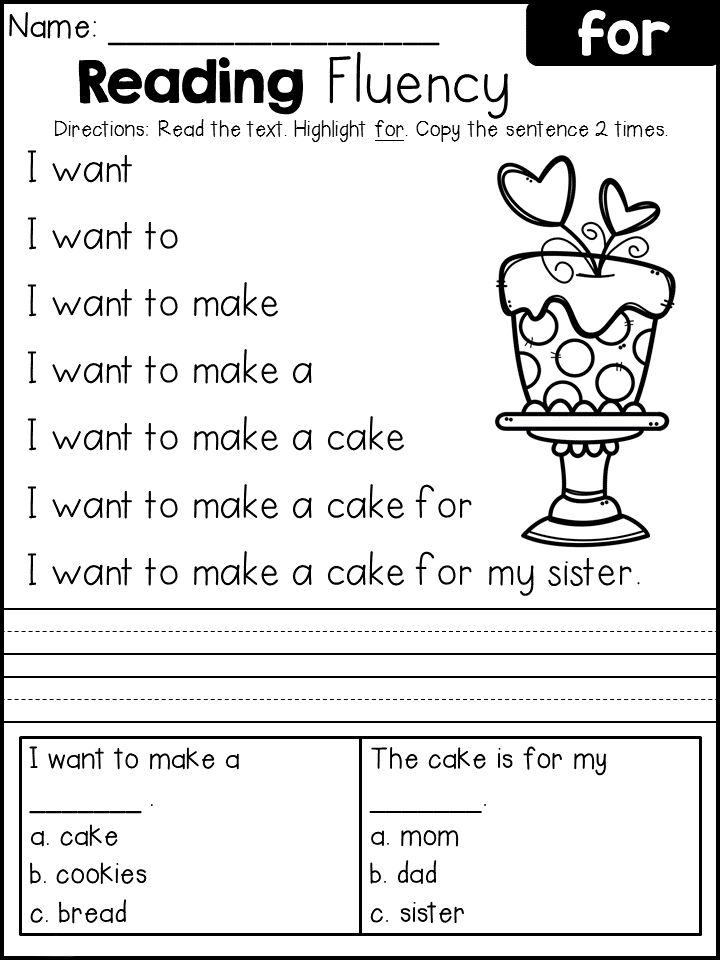 They can use their sense of touch to guess what letter they’re holding! You can play the same game with magnetic letters.
They can use their sense of touch to guess what letter they’re holding! You can play the same game with magnetic letters.
3) Incorporate Phonics
Research has demonstrated that kids with a strong background in phonics (the relationship between sounds and symbols) tend to become stronger readers in the long-run.
A phonetic approach to reading shows a child how to go letter by letter — sound by sound — blending the sounds as you go in order to read words that the child (or adult) has not yet memorized.
Once kids develop a level of automatization, they can sound out words almost instantly and only need to employ decoding with longer words. Phonics is best taught explicitly, sequentially, and systematically — which is the method HOMER uses.
If you’re looking for support helping your child learn phonics, our HOMER Learn & Grow app might be exactly what you need! With a proven reading pathway for your child, HOMER makes learning fun!
4) Balance Phonics And Sight Words
Sight words are also an important part of teaching your child how to read.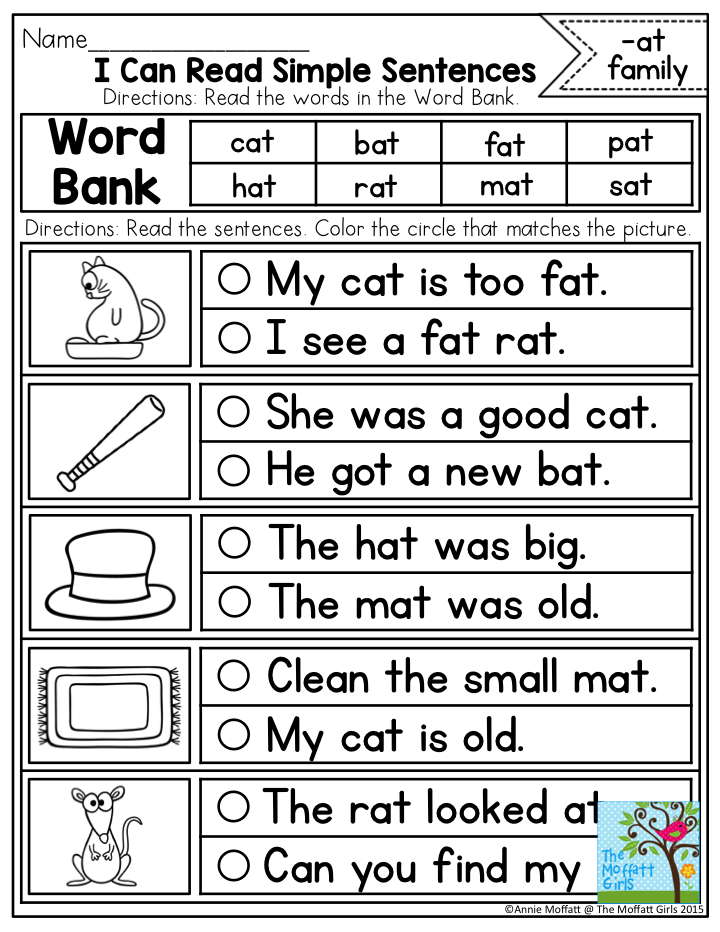 These are common words that are usually not spelled the way they sound and can’t be decoded (sounded out).
These are common words that are usually not spelled the way they sound and can’t be decoded (sounded out).
Because we don’t want to undo the work your child has done to learn phonics, sight words should be memorized. But keep in mind that learning sight words can be challenging for many young children.
So, if you want to give your child a good start on their reading journey, it’s best to spend the majority of your time developing and reinforcing the information and skills needed to sound out words.
5) Talk A Lot
Even though talking is usually thought of as a speech-only skill, that’s not true. Your child is like a sponge. They’re absorbing everything, all the time, including the words you say (and the ones you wish they hadn’t heard)!
Talking with your child frequently and engaging their listening and storytelling skills can increase their vocabulary.
It can also help them form sentences, become familiar with new words and how they are used, as well as learn how to use context clues when someone is speaking about something they may not know a lot about.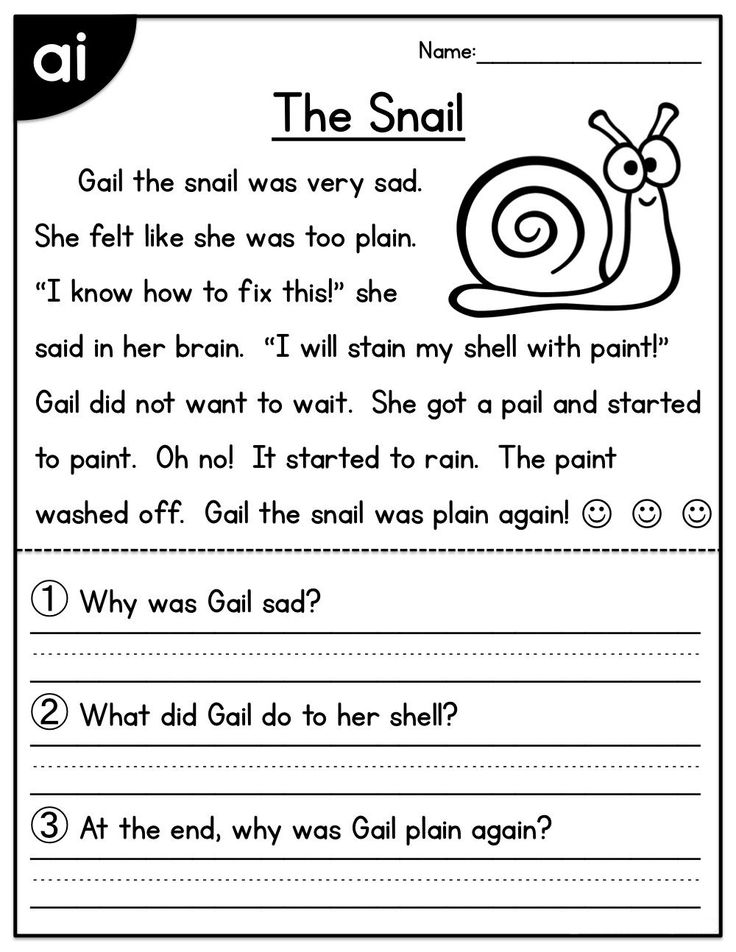
All of these skills are extremely helpful for your child on their reading journey, and talking gives you both an opportunity to share and create moments you’ll treasure forever!
6) Keep It Light
Reading is about having fun and exploring the world (real and imaginary) through text, pictures, and illustrations. When it comes to reading, it’s better for your child to be relaxed and focused on what they’re learning than squeezing in a stressful session after a long day.
We’re about halfway through the list and want to give a gentle reminder that your child shouldn’t feel any pressure when it comes to reading — and neither should you!
Although consistency is always helpful, we recommend focusing on quality over quantity. Fifteen minutes might sound like a short amount of time, but studies have shown that 15 minutes a day of HOMER’s reading pathway can increase early reading scores by 74%!
It may also take some time to find out exactly what will keep your child interested and engaged in learning.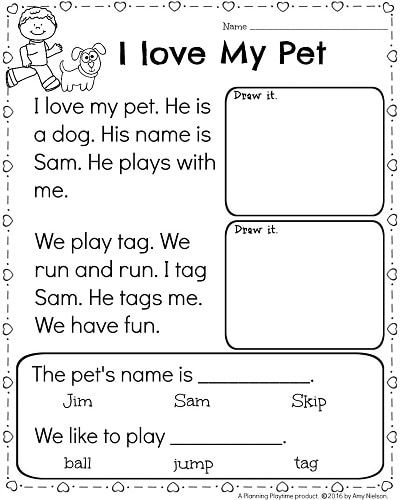 That’s OK! If it’s not fun, lighthearted, and enjoyable for you and your child, then shake it off and try something new.
That’s OK! If it’s not fun, lighthearted, and enjoyable for you and your child, then shake it off and try something new.
7) Practice Shared Reading
While you read with your child, consider asking them to repeat words or sentences back to you every now and then while you follow along with your finger.
There’s no need to stop your reading time completely if your child struggles with a particular word. An encouraging reminder of what the word means or how it’s pronounced is plenty!
Another option is to split reading aloud time with your child. For emerging readers, you can read one line and then ask them to read the next. For older children, reading one page and letting them read the next page is beneficial.
Doing this helps your child feel capable and confident, which is important for encouraging them to read well and consistently!
This technique also gets your child more acquainted with the natural flow of reading. While they look at the pictures and listen happily to the story, they’ll begin to focus on the words they are reading and engage more with the book in front of them.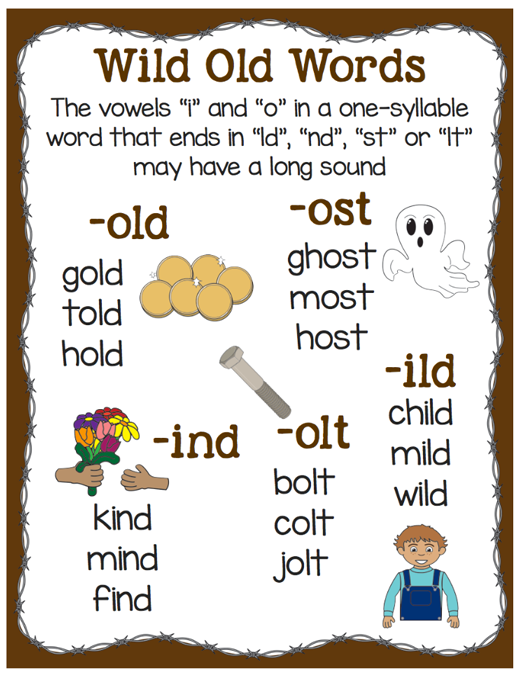
Rereading books can also be helpful. It allows children to develop a deeper understanding of the words in a text, make familiar words into “known” words that are then incorporated into their vocabulary, and form a connection with the story.
We wholeheartedly recommend rereading!
8) Play Word Games
Getting your child involved in reading doesn’t have to be about just books. Word games can be a great way to engage your child’s skills without reading a whole story at once.
One of our favorite reading games only requires a stack of Post-It notes and a bunched-up sock. For this activity, write sight words or words your child can sound out onto separate Post-It notes. Then stick the notes to the wall.
Your child can then stand in front of the Post-Its with the bunched-up sock in their hands. You say one of the words and your child throws the sock-ball at the Post-It note that matches!
9) Read With Unconventional Materials
In the same way that word games can help your child learn how to read, so can encouraging your child to read without actually using books!
If you’re interested in doing this, consider using PlayDoh, clay, paint, or indoor-safe sand to form and shape letters or words.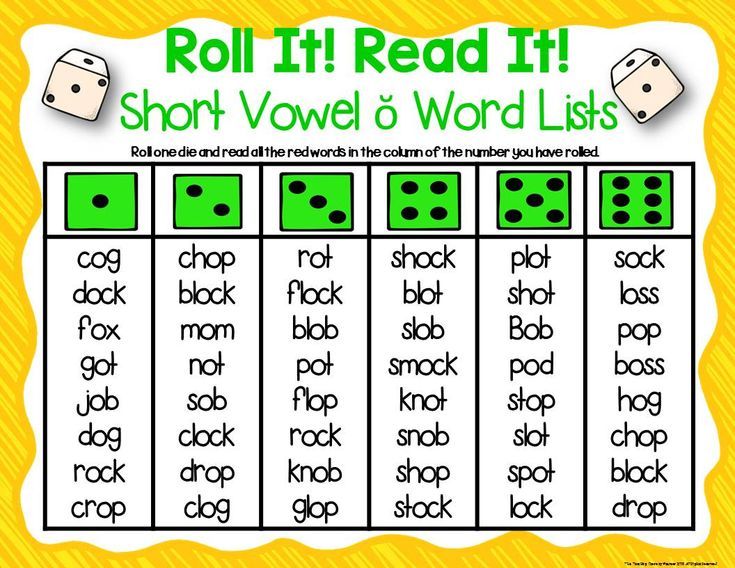
Another option is to fill a large pot with magnetic letters. For emerging learners, suggest that they pull a letter from the pot and try to name the sound it makes. For slightly older learners, see if they can name a word that begins with the same sound, or grab a collection of letters that come together to form a word.
As your child becomes more proficient, you can scale these activities to make them a little more advanced. And remember to have fun with it!
Reading Comes With Time And Practice
Overall, we want to leave you with this: there is no single answer to how to teach a child to read. What works for your neighbor’s child may not work for yours –– and that’s perfectly OK!
Patience, practicing a little every day, and emphasizing activities that let your child enjoy reading are the things we encourage most. Reading is about fun, exploration, and learning!
And if you ever need a bit of support, we’re here for you! At HOMER, we’re your learning partner.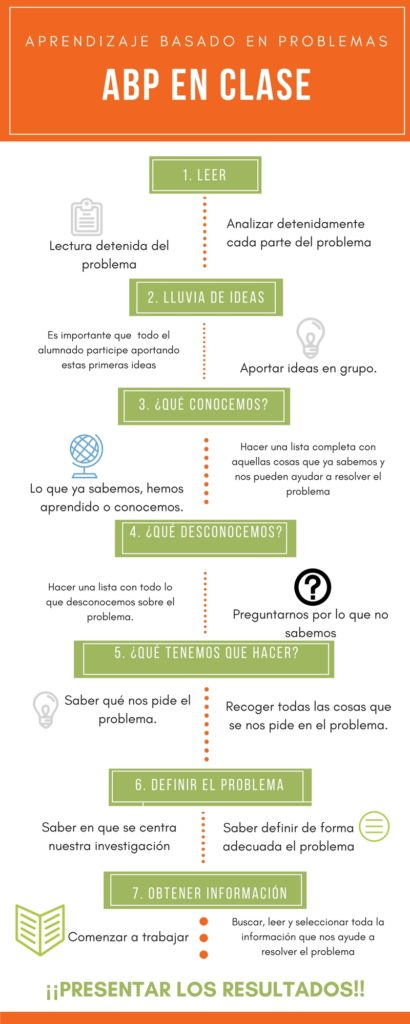 Start your child’s reading journey with confidence with our personalized program plus expert tips and learning resources.
Start your child’s reading journey with confidence with our personalized program plus expert tips and learning resources.
Author
How to make reading on the go fun and easy
Reading used to be as important to me as air was to me. No, in fact, you would never have caught me without a good book - reading in the car, on the beach, and sometimes, to my mom's annoyance, at the dinner table. But as I got older, I think life got in the way. And it occurred to me how much I miss novels when I made it my goal to read and forced myself to start again.
It's not as easy as it used to be; as an adult, you are exhausted by the end of the day and want nothing more than to turn off your brain.
But luckily technology is amazing and is here to save the day. Whether you're a previously avid reader trying to get back on track, or you want to appear cultured and smart to impress the ladies, there are plenty of fun and affordable ways to fit literature into your busy lifestyle.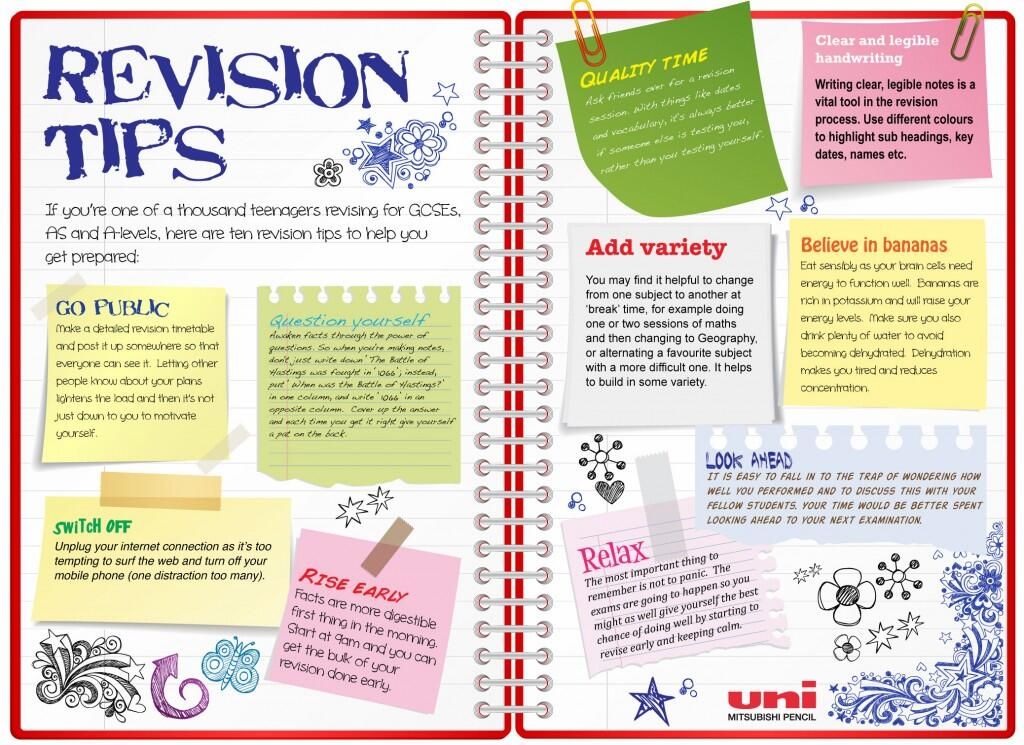
First, get on Goodreads
Goodreads is a great way to make reading social, and signing up for an account is completely free. This popular book directory and review platform allows you to keep track of what you've read, make lists of books you want to read, set reading goals, and track your progress.
Find recommendations based on your previous reading or browse new genres. Share and compare books with your friends or chat with the authors, follow them, join the discussion and get the latest updates. With Goodreads, you can keep track of everything from novels to manga to tutorials.
When viewing the preview available for most books, you can click Get Full Version to purchase this book through Amazon.
Want more? I have personally spent hours on this site reminiscing and reviewing potential readings. For more information, see our full Goodreads review.
Download Goodreads to your Android, Apple device or Kindle.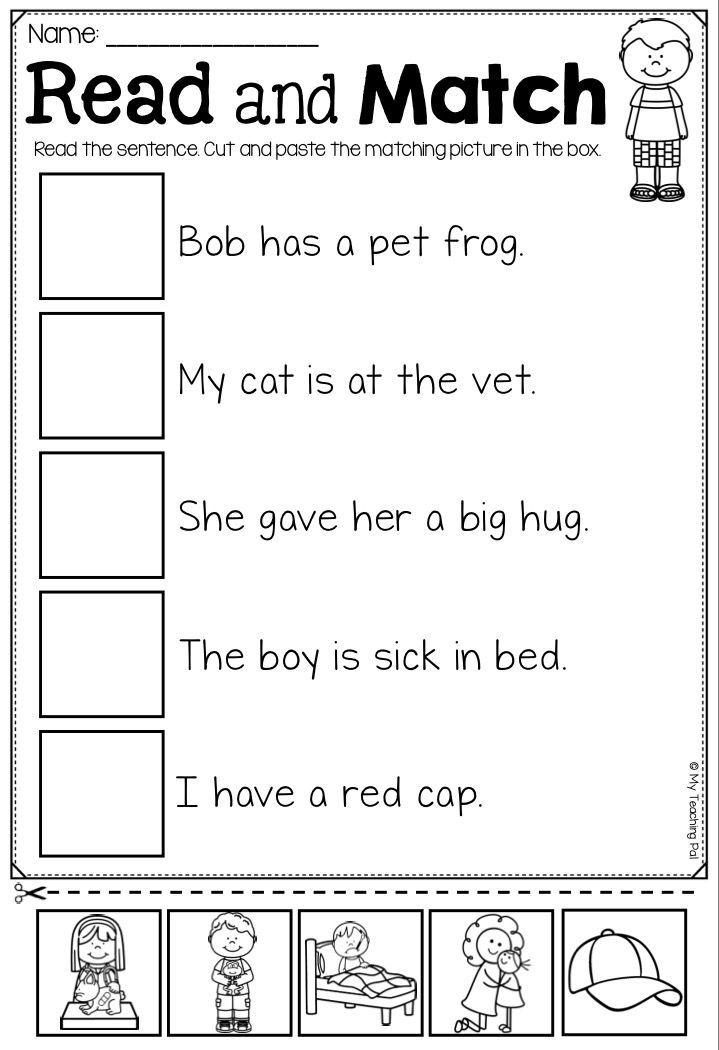 Unfortunately there is no official app for Windows Phone users yet, but you can try third party apps like MetroReads or Epiphany. You can always just visit Goodreads.com in your browser.
Unfortunately there is no official app for Windows Phone users yet, but you can try third party apps like MetroReads or Epiphany. You can always just visit Goodreads.com in your browser.
I'm on Goodreads. My twelve year old cousin is on Goodreads. Why aren't you on Goodreads yet?
Next, pick up their books!
Now that you've added 149 books to your reading list, it's time to hack. At this point, the question shifts from "what should I read" to " how should I read ?". And besides going to your city library or jumping into Barnes & Nobles, some young hoodlums came up with things like e-books and audiotapes and... what was that? Oh yes, Amazon.com.
Audiobook is amazing
I recently discovered the time-saving joy and relative ease of "reading" audiobooks. In fact, you just sit and listen to someone else tell you a story. In my day, I thought that was an excuse. But then I thought, what if you're blind? Or, even worse, what if you have to drive a 40-minute drive every day with poor radio reception and play the same 3 CDs over and over again? So I downloaded LibriVox (iTunes, Android).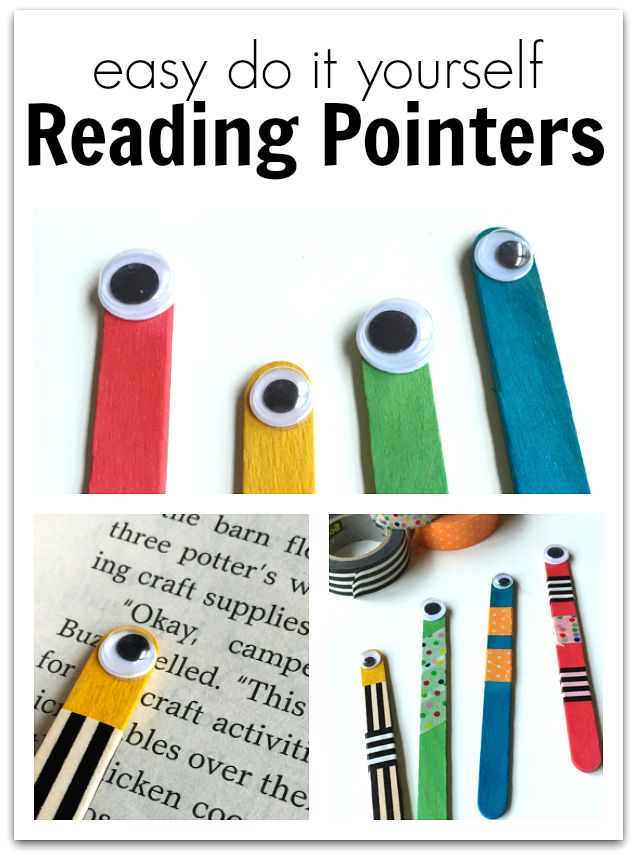
Khamosh Corner: I heard about LibriVox some time ago from Khamosh. Check out his full guides on how to listen to audiobooks on Android or iPad and iPhone.
There are other services besides LibriVox, such as Audible or Audiobooks.com, but LibriVox provides a wide library of public domain recordings for free. Of course, these other sites offer 30-day trials, but after that, you have to pay a monthly subscription fee.
Books in the public domain are free to the public because they are generally not copyrighted and were probably published 100 years ago or earlier. So if you're going to party with Jane Austen, Mark Twain, and H. G. Wells, LibriVox is a real goldmine.
More recent audiobooks such as The Hunger Games, The Maze Runner or Game of Thrones are also available for purchase on an individual basis. The multitasking potential is really high here and I highly recommend LibriVox as a time efficient way to catch up with the classics.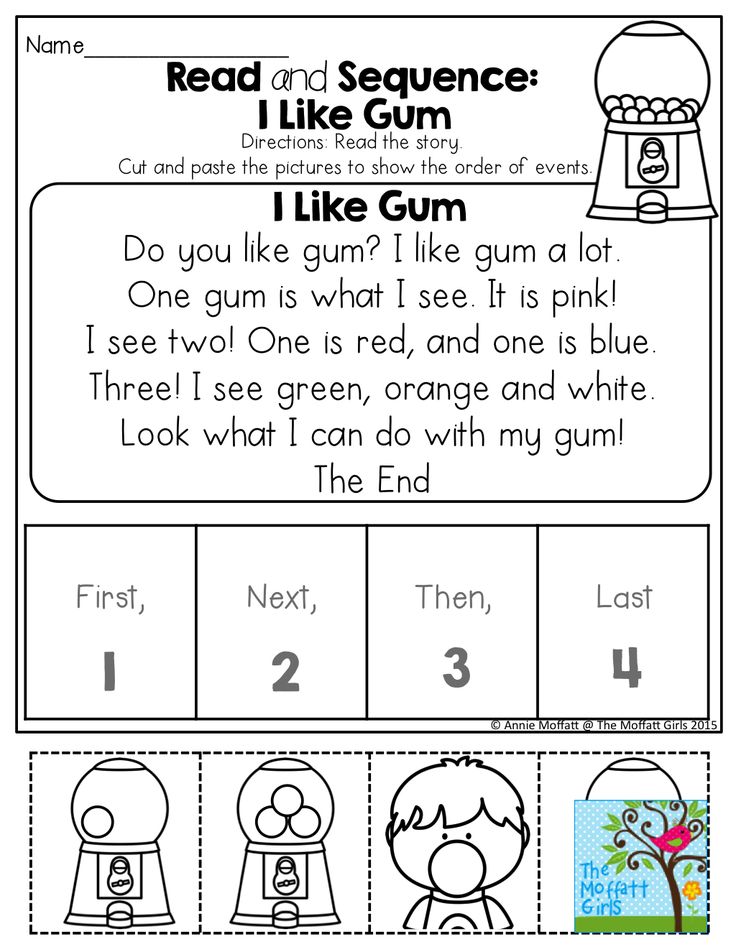
So go ahead, practice appreciating the grudging sense of pride and prejudice; we need more of your absurdly needed but wonderfully sentimental souls in the world
E-book Alternative
Good. So there are physical books. Then there are audiobooks. Then there are e-books. And what surprises a lot of people here is that you don't need a dedicated eReader like Kindle or Nook to read an e-book.
In fact, Kindle app has been extended to all devices, so you can read from your iPhone, tablet, Samsung Galaxy S6 Edge and even Windows Phone. And all this literature in this area is also free in the form of e-books. Clumsy, right? Boy, I wish I knew all this when I was in college.
So you can read your e-books anywhere. But for me, since I use LibriVox on my android phone, I also use its sister app,0027 GuteBooks .
If you are listening to a book in LibriVox, you can click the three-dot menu and select Open eBook.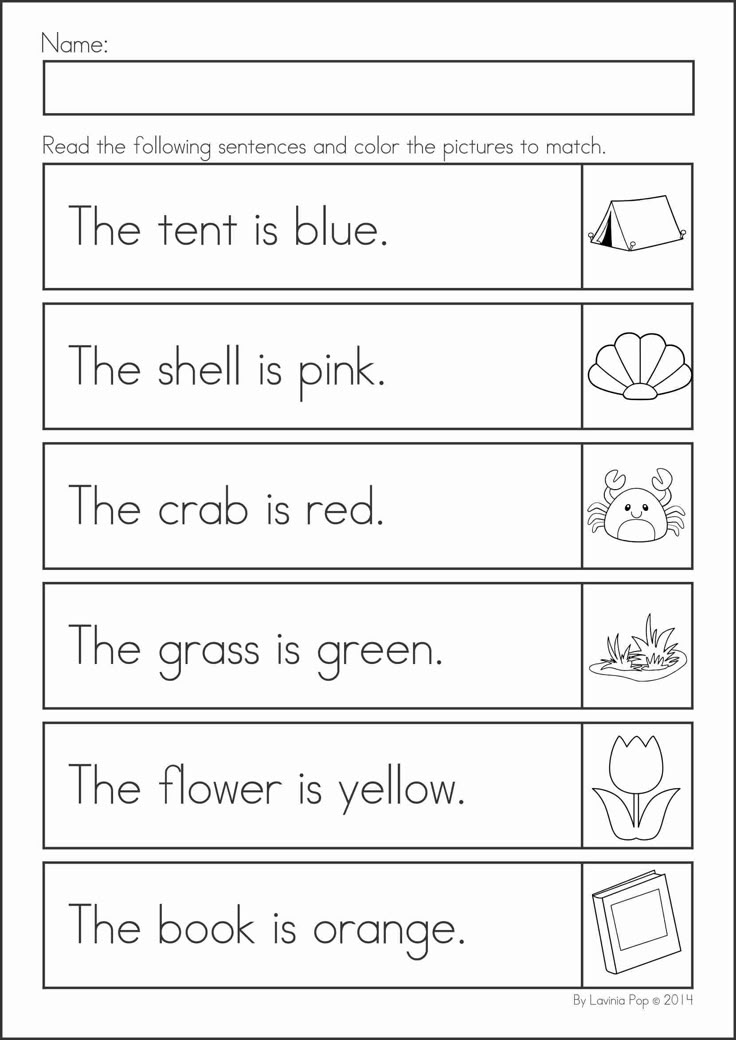 You will then be prompted to download GuteBooks if you haven't already, and will take you to the companion e-book where you can read or switch media, picking up where you left off.
You will then be prompted to download GuteBooks if you haven't already, and will take you to the companion e-book where you can read or switch media, picking up where you left off.
Like LibriVox, you can either stream as you go if you have a stable internet connection, or download the entire file so it's available offline. GuteBooks also offers the same simple user interface, so it's cleaner and less crowded than Amazon's Kindle store.
Still looking for options? Check out the top 5 e-readers for iOS or how to sync e-reader positions between devices.
Did someone call the delivery service?
So there is a huge supply of free virtual books, and you don't need to buy additional hardware to access them. But if all these methods are still too young for you, and you are too old to renew your library card or go to the bookstore, you still have the opportunity to enjoy reading at your leisure.
Call your granddaughter or someone else who knows how to use a computer and ask her to order the right books from Amazon.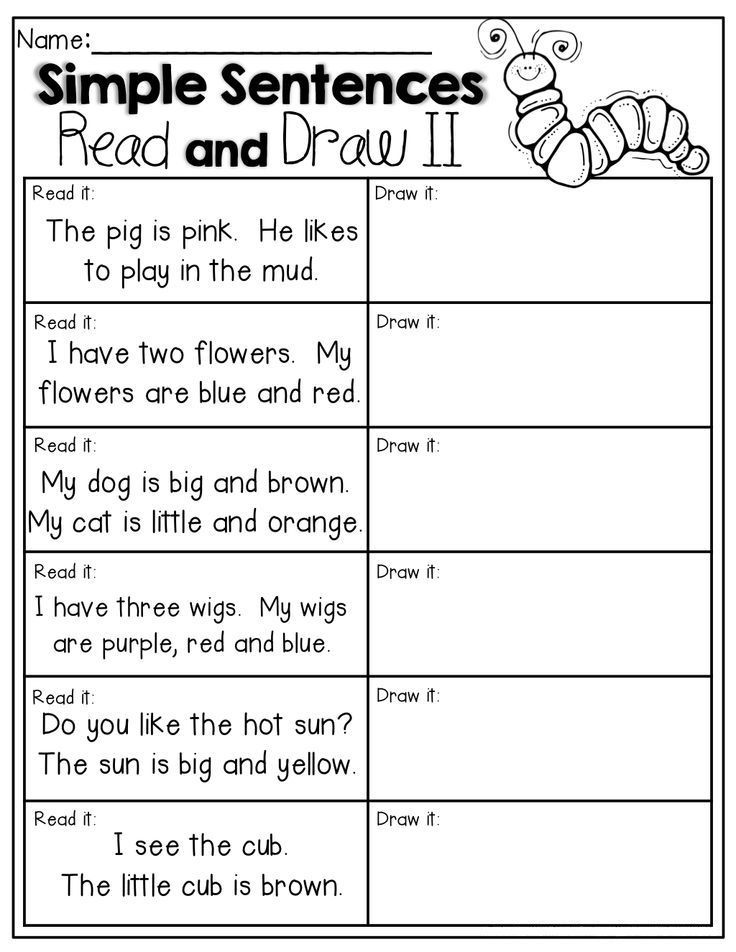 Used books in good condition are inexpensive, so you can sit in your rocking chair and have any book you need right at home.
Used books in good condition are inexpensive, so you can sit in your rocking chair and have any book you need right at home.
Amazon allows you to buy or rent certain products, which is especially helpful for students. If you're not a treasure hunter like me, you can even sell your old Amazon books for up to 80% of the selling price.
Moral of the day
- Public domain laws provide tons of free reading
- Audiobooks - find
- Amazon seems to do everything (Goodreads, Kindle, Audible, Book Delivery)
So now that you have a great platform to find content you love, there's no excuse. Find something that inspires you, ignite that imagination and never stop.
Easy Reading: 6 New Books You'll Enjoy
Playing with Fire
Hanna Orenstein
Hanna Orenstein is a young writer from New York. She dresses beautifully, loves social events and collaborates with many publications - from The Washington Post to the well-known resource BuzzFeed.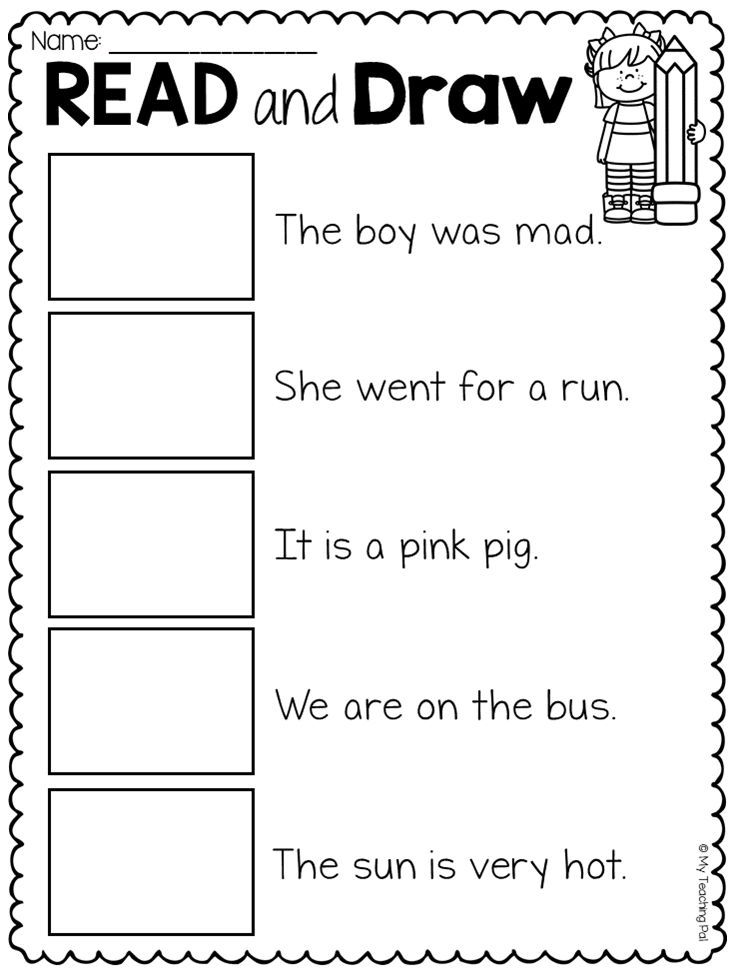 Who, if not her, should write about the younger generation and the search for love? Her debut novel, Playing with Fire, is about just that. Sasha works as a matchmaker, or, in Russian, as a matchmaker. She selects ideal candidates for a romantic date on Tinder, after which she sends a couple to have a good time together. She herself also has a boyfriend, but sometimes she is not as happy with him as she would like. Therefore, when one day she saw a photograph of the “dream man”, she seriously thought about meeting him. There is one "but": if she does this, she will lose her job. Will Sasha risk everything she has for the ghost of love? Good question.
Who, if not her, should write about the younger generation and the search for love? Her debut novel, Playing with Fire, is about just that. Sasha works as a matchmaker, or, in Russian, as a matchmaker. She selects ideal candidates for a romantic date on Tinder, after which she sends a couple to have a good time together. She herself also has a boyfriend, but sometimes she is not as happy with him as she would like. Therefore, when one day she saw a photograph of the “dream man”, she seriously thought about meeting him. There is one "but": if she does this, she will lose her job. Will Sasha risk everything she has for the ghost of love? Good question.
“Self-development according to Tolstoy”
Viv Groskop
If you think that you got all the useful knowledge about Russian classics at school or university, you are very mistaken - and Viv Groskop, The Telegraph journalist and stand-up artist will convince you of this. comedian. "Self-development according to Tolstoy" is a collection of articles about the main representatives of Russian literature, from Pushkin to Bulgakov.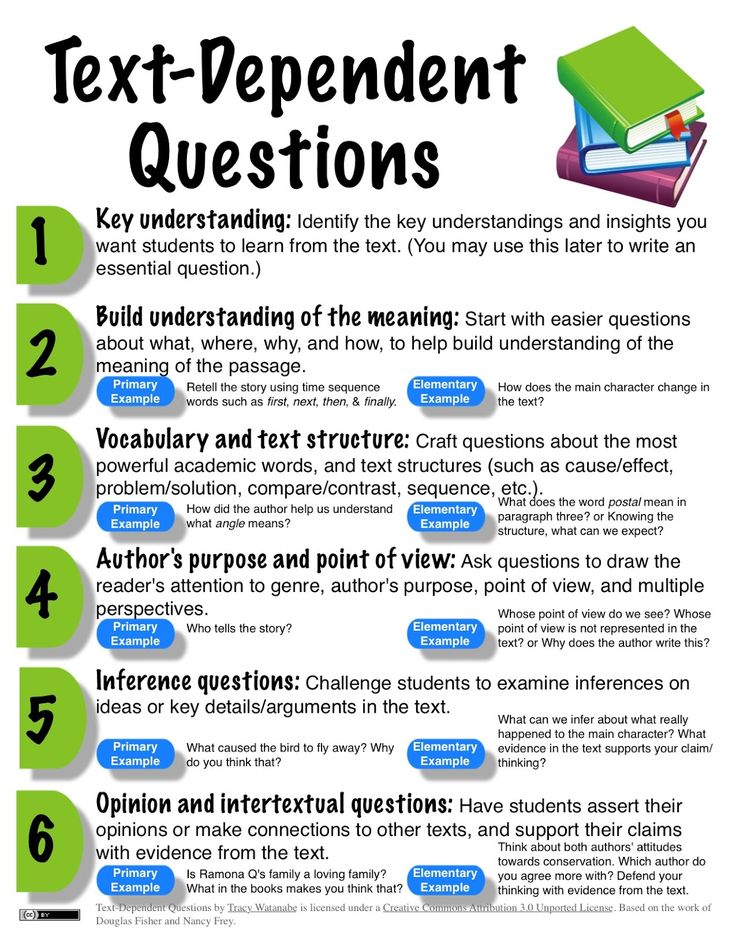 Groskop provides a brilliant analysis of their main texts, while flaunting in-depth knowledge of both their biography and Russian culture in general. She writes ironically and vividly, and her penetrating gaze notices many new details in famous novels. Of course, the annotation to the book is slightly disingenuous - it is promised that useful conclusions can be drawn from the articles “for life”, but this is not entirely true: Groskop texts will help you look at the classics from a new point of view and think about eternal questions again - however, ready-made answers , of course, the journalist will not give.
Groskop provides a brilliant analysis of their main texts, while flaunting in-depth knowledge of both their biography and Russian culture in general. She writes ironically and vividly, and her penetrating gaze notices many new details in famous novels. Of course, the annotation to the book is slightly disingenuous - it is promised that useful conclusions can be drawn from the articles “for life”, but this is not entirely true: Groskop texts will help you look at the classics from a new point of view and think about eternal questions again - however, ready-made answers , of course, the journalist will not give.
Hackney Life
Lera Lyubarskaya
Books written by bloggers are rarely valuable and useful — fortunately, this is just such a case. Hackney Life by Lera Lyubarskaya is an extremely well-prepared publication. Here are tips for girls to help make life better - and, most importantly, all these recommendations are more than relevant and doable. For example, the author suggests how to improve relations with parents, how not to frighten off a guy on a first date, how to make peace with a girlfriend - all this is said with an ironic intonation, easily and naturally.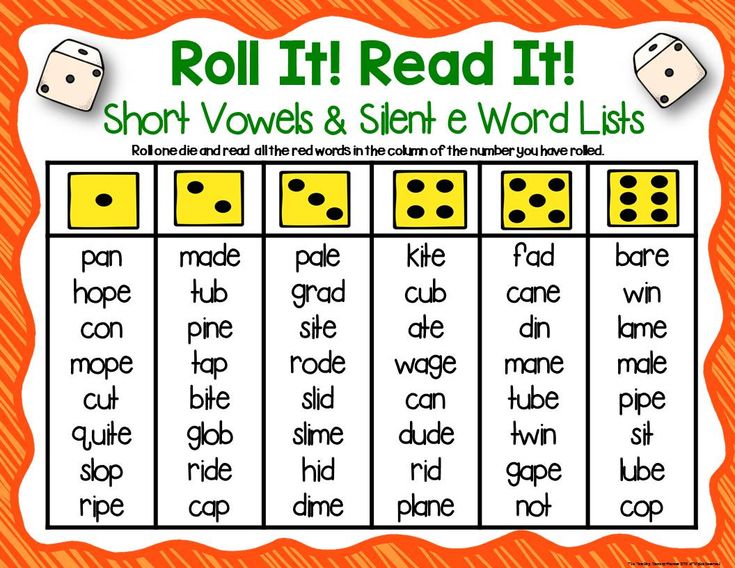 In addition to specific tips, there are also recommendations of a more general nature - let's say which series you should definitely watch, which books to read. It must be admitted that every reader in these collections will find something valuable for themselves.
In addition to specific tips, there are also recommendations of a more general nature - let's say which series you should definitely watch, which books to read. It must be admitted that every reader in these collections will find something valuable for themselves.
Grass Square Bookshop Owner
Eric de Kermel
If you're longing for a refined French novel where people drink coffee and eat croissants while having intimate conversations, Grass Square Bookshop Owner is exactly what you need. what you need. The story about a teacher named Natalie, who decides to move from the capital to a provincial town and open a bookstore there, is very cozy - you can’t say otherwise. There are ancient interiors, and love, and dedication, and, of course, the belief that books can change human life. In the town, Natalie meets local residents, and they often turn to her for advice and support - and, depending on their problems, she selects a suitable book for the occasion, which helps the needy get out of a difficult life situation.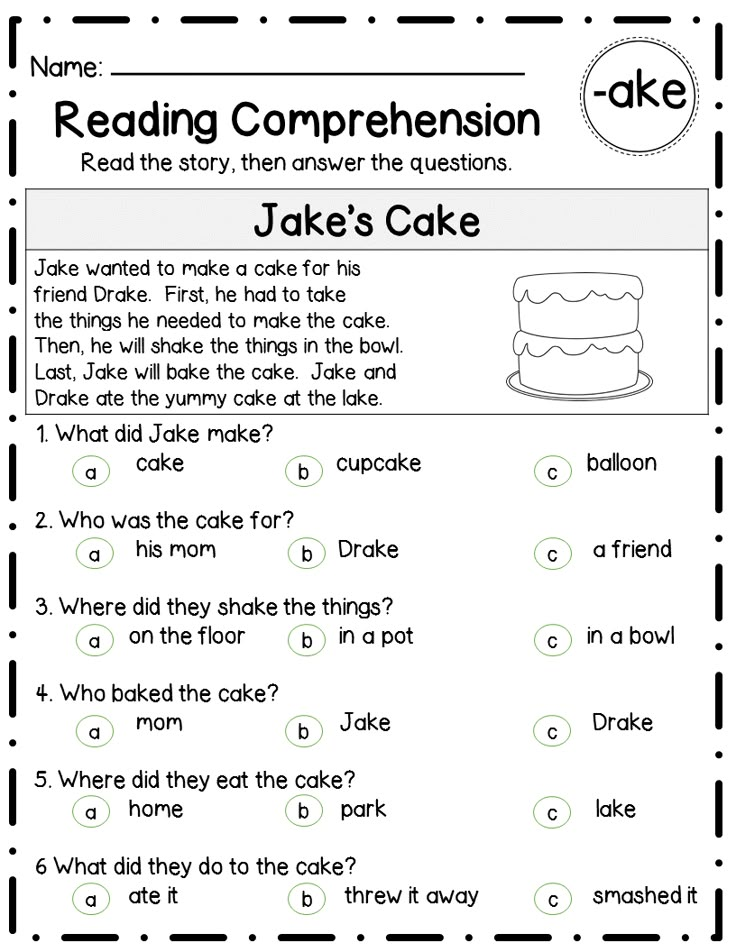 In general, an idyll reigns in the novel, as if it were not the 21st century, but a happy timelessness, and even dramas (which are also in the text) are unable to destroy this world. It is a pity that this wonderful atmosphere is sometimes disturbed by the not always successful translation of the book - however, fans of such reading will be able to turn a blind eye to this.
In general, an idyll reigns in the novel, as if it were not the 21st century, but a happy timelessness, and even dramas (which are also in the text) are unable to destroy this world. It is a pity that this wonderful atmosphere is sometimes disturbed by the not always successful translation of the book - however, fans of such reading will be able to turn a blind eye to this.
“A boy on his own”
Alexander Malenkov
Alexander Malenkov seems almost an anachronism among the editors-in-chief of glossy magazines – far from every person who heads a well-known publication knows how to master the word as deftly as he does. In this sense, he continues the traditions of Russian journalism - in the history of our country, many magazines were headed by truly talented publicists. Malenkov is a master of the short form: author's columns, essays, short fictional stories are brilliant for him. And from funny to tragic, as expected, he has exactly one step. Ideal reading after work, when there are only a few minutes to yourself and a big novel is definitely not overpowered.